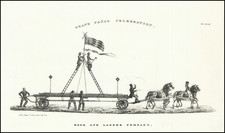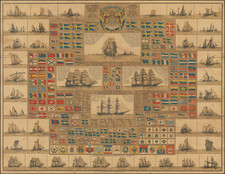Danube River -- Linz, Austria to Vidin, Bulgaria
Fascinating "NAAM WYSER" or "Name Guide", giving details for the locations of nearly 1,000 placenames in the the middle section of the Danube River between Linz and Vidin, serving as an index or key for identifying specific locations. Here's a breakdown of its features:
-
Geographical Scope: The guide covers the area from Linz to Vidin, highlighting cities, villages, market towns, and notable places along the middle portion of the Danube River. This stretch includes parts of modern-day Austria, Slovakia, Hungary, Croatia, Serbia, Bulgaria, and Romania.
-
Two-Column Format: The guide is organized into two columns.
- First Column: Lists the names of cities, villages, market towns, and other places depicted on the map.
- Second Column: Corresponds to letters placed on the map's outer edge. These letters serve as a coordinate system or grid reference, helping users locate specific places on the map.
-
Usage Example: The guide provides an example of how to use it. If a user wants to find Belgrade (Belgrado) on the map, they would first find Belgrade in the first column, under the letter 'B'. Then, they move to the second column to find the grid reference 'S. k.', which would lead them to Belgrade's exact location on the map.
Rarity
This is the first example of this chart we have seen.
Nicolaas Visscher II (1649-1702) was a prominent Dutch cartographer and publisher during the late 17th century. He was the grandson of Claes Janszoon Visscher and the son of Nicolaes Visscher I, both of whom were also renowned cartographers in their own right. After his father's death in 1679, Nicolaas Visscher II took over the family's map publishing business.
In 1680, he married Elizabeth Verseyl from Gouda, and in 1682, he obtained a new privilege from the States of Holland and West Friesland to protect his maps and publications from being copied. Visscher II continued the family tradition of producing high-quality maps, atlases, and globes, often with elaborate and decorative elements. He maintained the Visscher family's reputation for accuracy and craftsmanship in the competitive world of Dutch cartography until his death in 1702. After his death, his widow, Elizabeth, and later his son, also named Nicolaas, continued the business until around 1726.









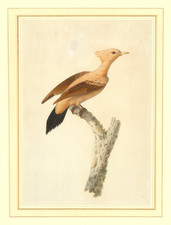
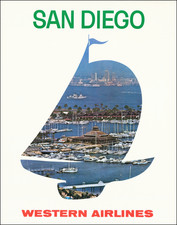
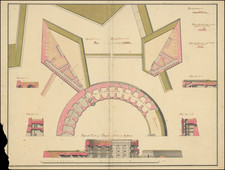
![(South Sea Bubble) De Windverkopers of Windvangers, die door wind, verliezen Geld en Goed; bederven Vrouw en Kind [The wind sellers or wind catchers, who through wind, lose money and goods; ruin wife and child.]](https://storage.googleapis.com/raremaps/img/small/95952.jpg)
